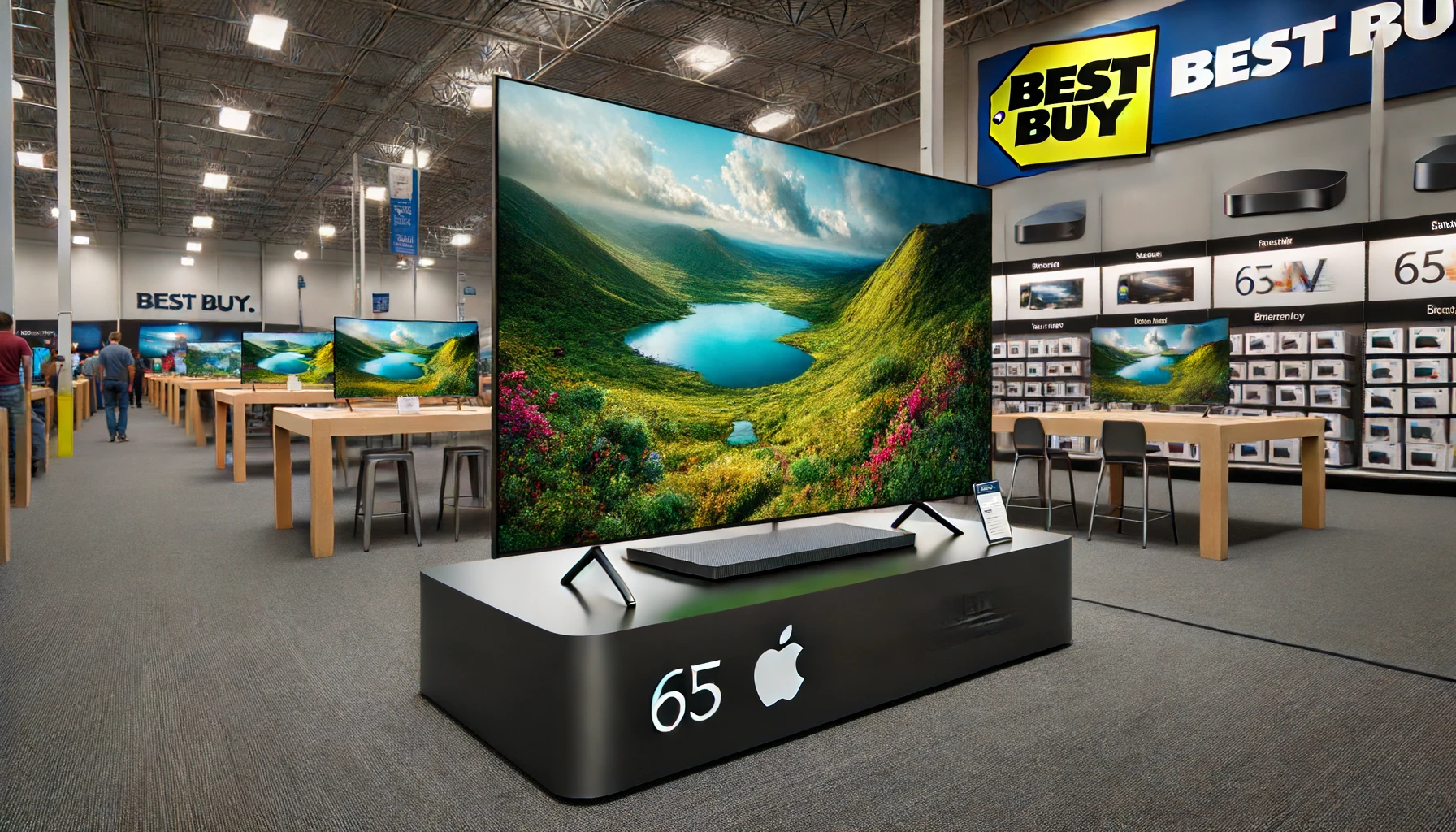- The TV market’s low profit margins and high competition deter Apple, which prefers sectors where it can maintain high profitability.
- Apple prioritizes content and services like Apple TV+ over entering the hardware-intensive TV set market, aligning with its higher-margin business model.
- The slow pace of technological advancements in the TV industry offers limited opportunities for Apple to apply its innovation strengths.
Apple Inc., known for its innovative and market-transforming products like the iPhone, iPad, and MacBook, has notably abstained from entering the home television set market.
This decision might seem counterintuitive given Apple’s penchant for redefining consumer electronics. However, there are several compelling reasons for their strategic avoidance of this particular industry.
Why is Apple scared to make actual televisions?
Low Profit Margins and High Competition

The television industry is characterized by low profit margins and intense competition. Major players like Samsung, LG, and Sony have well-established positions and offer a wide range of products at various price points.
The cost of developing and manufacturing television sets is high, and the market is already saturated with low-cost options. For Apple, which typically enjoys high profit margins on its products, entering a market dominated by fierce price competition and thinner profits is less attractive.
Market Maturity and Slow Innovation
Televisions are a mature market with slower technological advancements compared to other consumer electronics. While there are innovations such as 4K, 8K, and smart TV capabilities, these do not occur at the pace seen in mobile devices or computing technologies.
Apple thrives on markets where rapid innovation is possible and can be closely integrated with its ecosystem. The slower pace of TV tech advancements offers fewer opportunities for Apple to leverage its strengths in creating unique user experiences.
Apple’s Focus on Content and Services
Instead of producing television sets, Apple has chosen to focus on content and services, which aligns with its broader strategy to boost its services category revenue. The launch of Apple TV+ and the Apple TV app are prime examples.
These services allow Apple to be present in the television space without actually manufacturing TV sets. By focusing on content, Apple not only attracts users to its existing ecosystem but also enjoys better profit margins than it likely would in the highly competitive TV manufacturing market.
Brand Positioning and Product Ecosystem
Apple’s brand is synonymous with premium products and a seamless ecosystem. A television set, while a significant home appliance, might not contribute effectively to Apple’s ecosystem in a way that enhances its existing product synergies.
Apple’s strategy involves creating products that complement each other, enhancing the overall user experience. Integrating a television into this ecosystem without significant differentiation would be challenging and potentially less rewarding.



